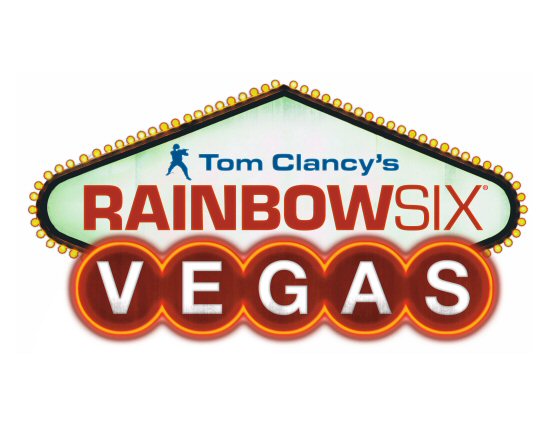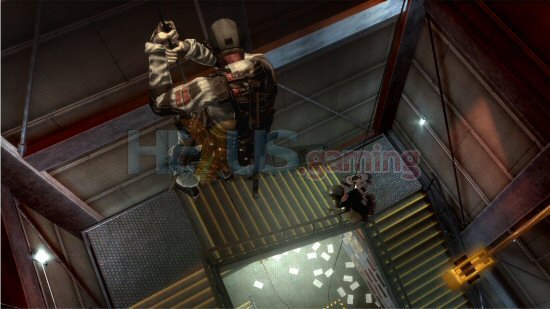Bright light city's gonna set my soul my fire
I was fortunate enough to spend the day with the Ubisoft team playing Team Rainbow's next-gen debut title, Rainbow 6: Vegas. The tactical shooter is going back to its roots as the world's most elite counter-terrorism unit enters Las Vegas in an attempt to rescue it from the threat of terrorists.
The day was fully focused on the multiplayer aspect and we’ll have a full hands-on report of the Rainbow 6: Vegas experience later today, including some new screenshots, but first up I met with Jean-Paul Cambiotti , the lead designer of Rainbow 6:Vegas, to ask him what we can expect from the multiplayer mode.
HEXUS: How has the Unreal 3 Engine helped you to achieve the end result for Rainbow 6 Vegas?
J.P: It’s been really helpful. It’s managed to get us straight up and running, it saved on production time and we didn’t have to develop our own multi-player network code; we didn’t have to build everything from scratch. When we were deciding on which engine to use we looked at our own internal engine, used for Ghost Recon, and we said okay we want something that is an all in one package, something that’s good for single player(SP) and multiplayer(MP), and something that has a track record. It helped a lot that Rainbow 6: 3 used the Unreal 2 engine so we had a lot of core members in the team who had worked on this and Black Arrow, so we went with something we know and something that had a good reputation.

HEXUS: The character models in Rainbow 6: Vegas seem far closer to that of GRAW than previous Rainbow games, in terms of the way they move and feel. Would you compare any of the gameplay mechanics to those in Ghost Recon Advanced Warfighter?
J.P: Rainbow 6 differentiates itself in the sense that the action is more close quarters. It’s urban warfare so you’re usually on the inside of buildings as opposed to GRAW where it usually takes place outdoors and across larger terrains. GRAW has a military focus whereas Rainbow 6 is about elite counter terrorists. In terms of the game mechanics it was very important for us to have a total package that works for both the single player and multiplayer aspects, in GRAW there are mechanics that were different in both the offline to online modes, but in Rainbow 6: Vegas we wanted to keep that shared vision between single player and multiplayer; so that’s why you can take cover in MP, rappel, fast rope and use the same covering system that’s used in single player mode.
HEXUS: So the covering system works exactly the same in MP as SP? Can you talk us through that?
J.P: The covering system in MP works like this: You see an object, hit the left trigger and your character will take cover next to that object. The difference between the SP and MP is that we had to make a few subtle changes. For example in MP you won’t have your crosshair, so it makes it far more challenging.
 Click for larger image
Click for larger imageHEXUS: Can you tell us about the multiplayer maps?
J.P: There are 10 multiplayer maps. There are two maps that we are bringing back that were in Ravenshield and RB6: 3. City street large is back but re-named Streets, the graphical theme has changed and it takes place in a Mexican border town. Killhouse is from Ravenshield, and while it re-uses some the graphical assets of Mexico, it’s set in a different area.. To tell you the truth, Streets was our test bed for the multiplayer features in a sense that if the SP mechanics were going to work they have to work on these classic maps, that’s how we worked out whether they could fit in RB6: Vegas or not. We added cover, rappel and fast rope and the map felt so much better, you have more options, you see a window or a corner and you can just head over, take cover or smash through the window and rappel down. It’s the same map with much more options and we knew we had a winning combination.









